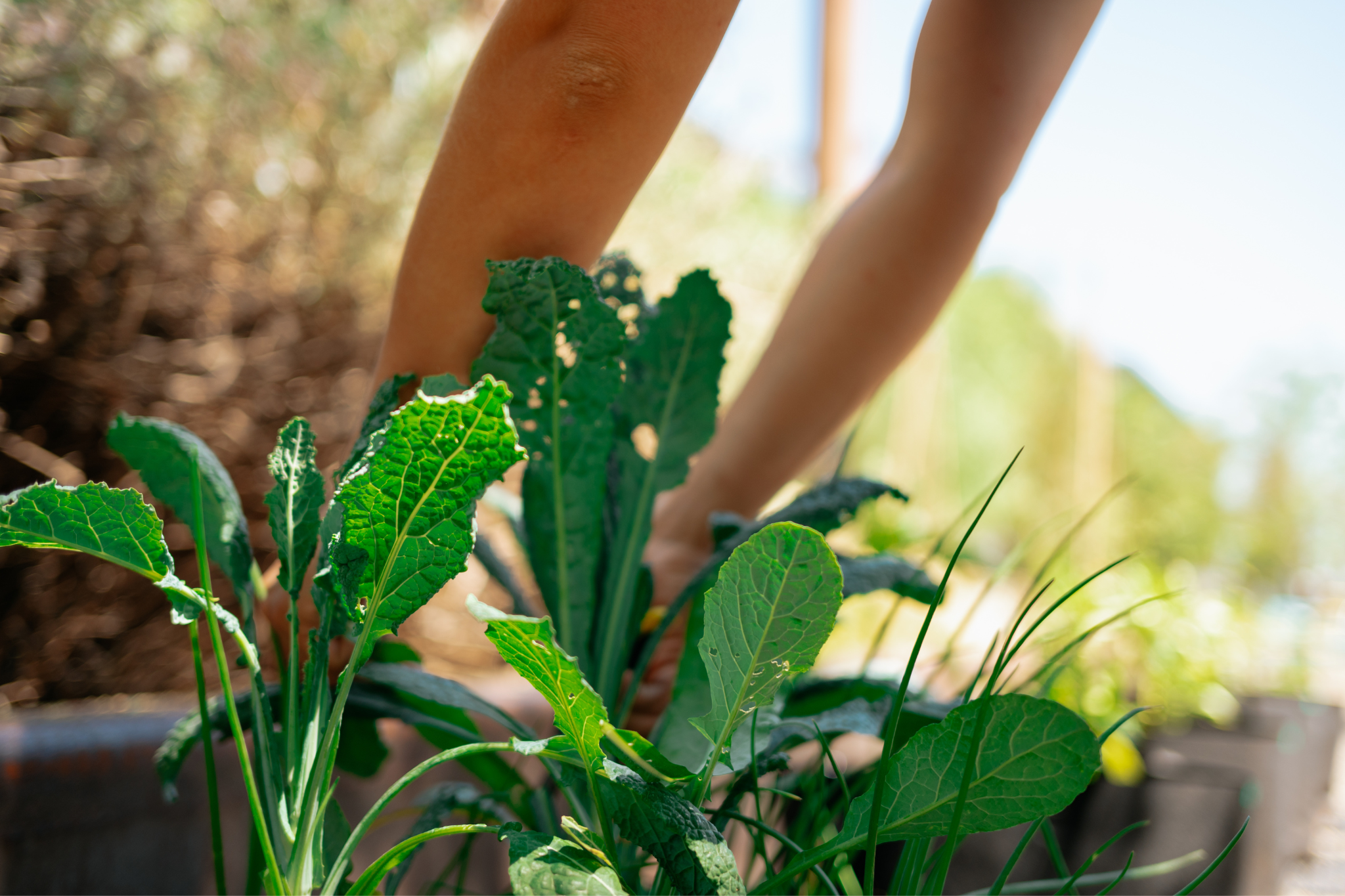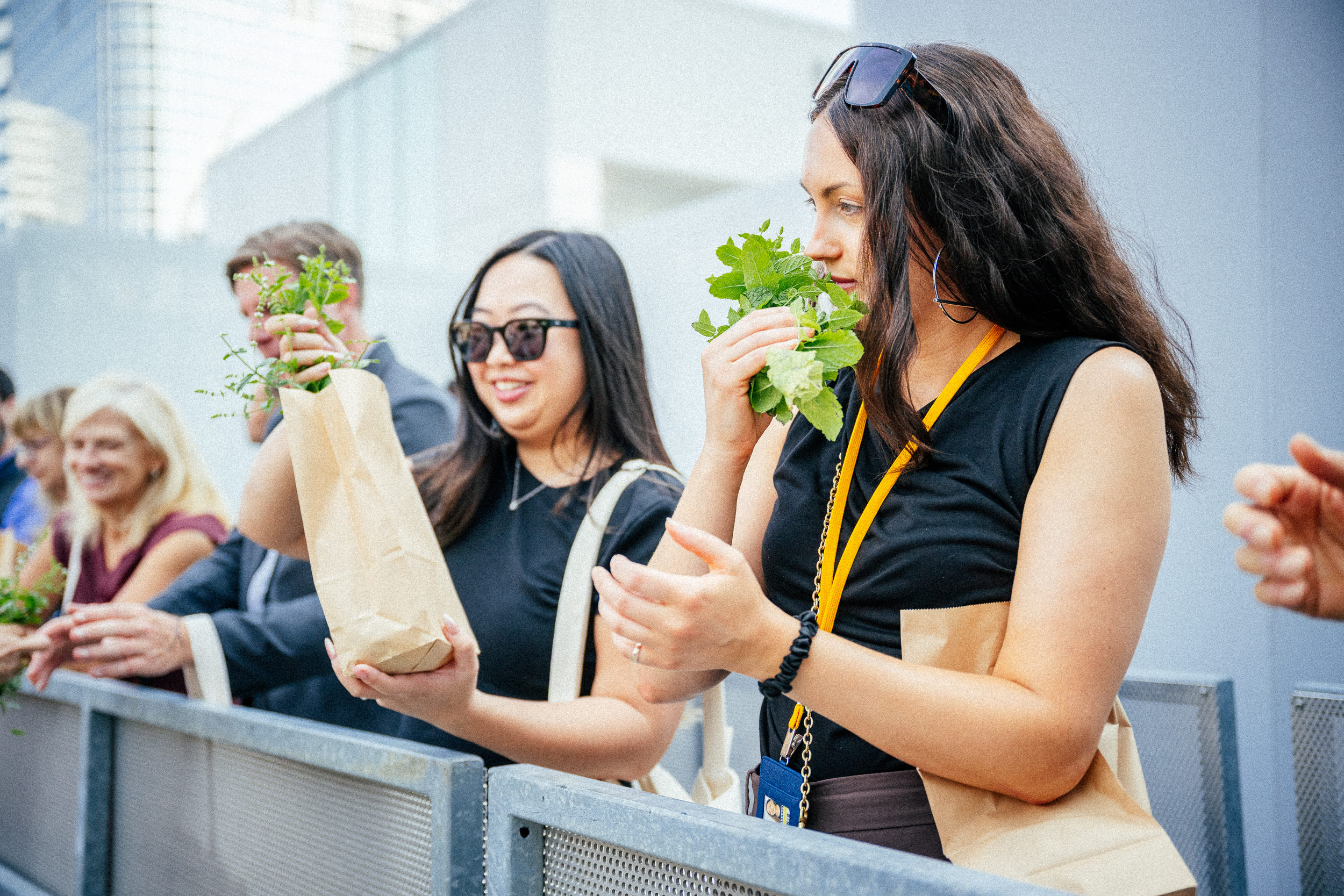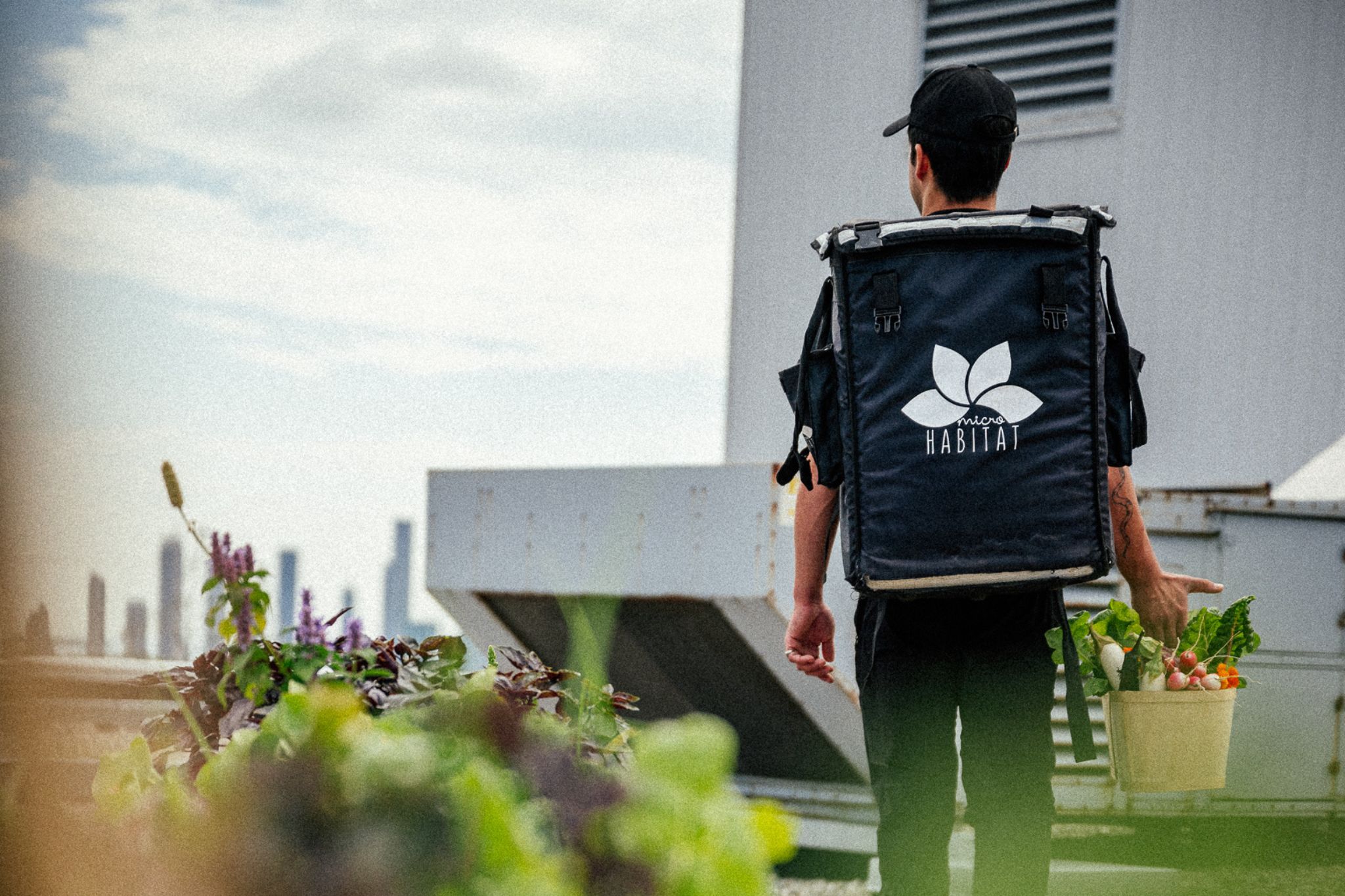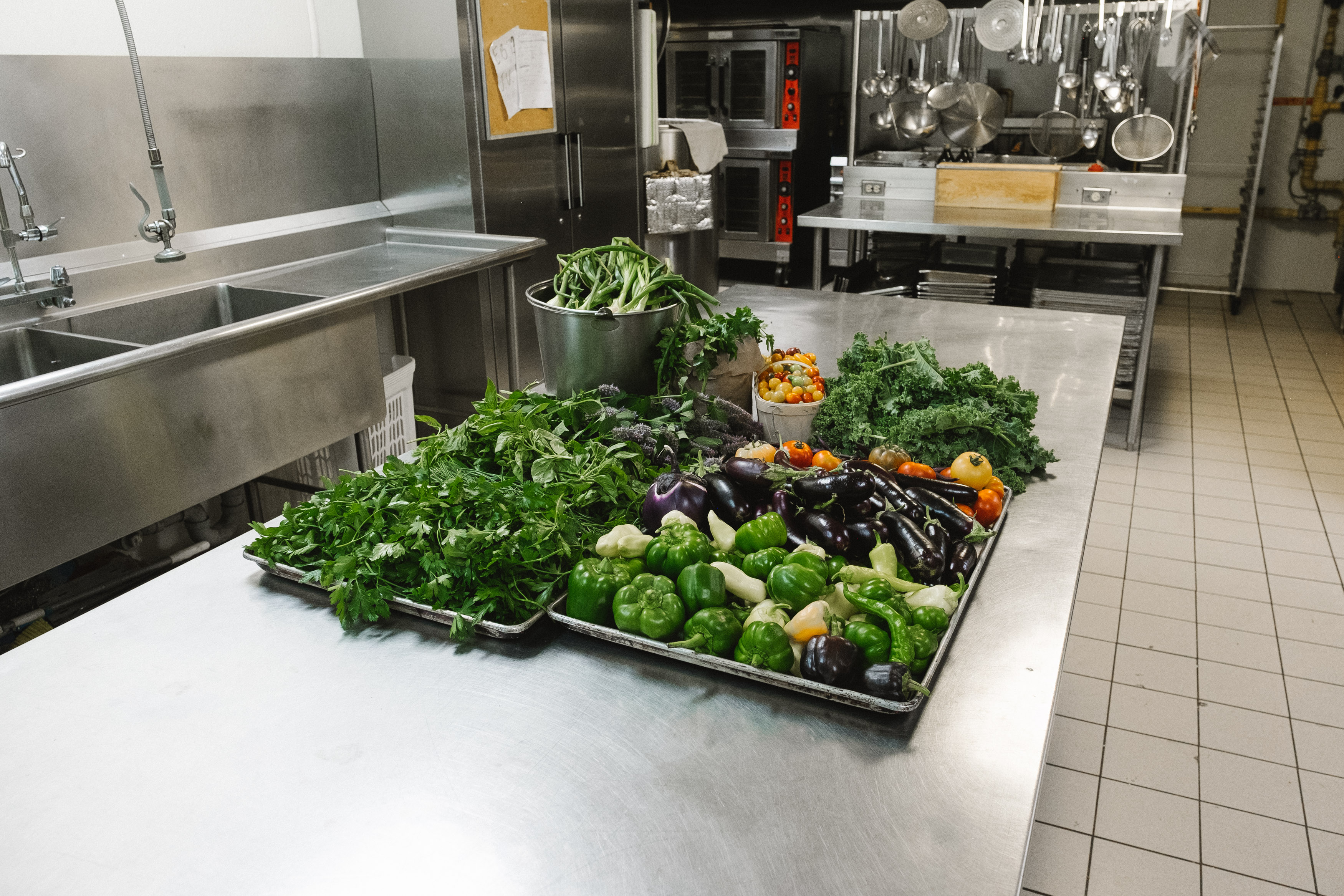
Urban Farming Supporting UN's Sustainable Development Goals
Urban farming is more than just growing food in cities—it's a powerful tool for addressing multiple UN Sustainable Development Goals. From zero hunger to sustainable cities, discover how urban agriculture contributes to a more sustainable future.
About MicroHabitat Team
MicroHabitat Team
MicroHabitat transforms urban spaces into sustainable food production systems through innovative urban farming solutions. We provide expert consultation, installation, and maintenance services to help organizations create vibrant, productive green spaces that enhance biodiversity and engage communities.
Related Articles

DIY Gardening Tips from MicroHabitat Experts
Discover top gardening tricks from urban farming pros at MicroHabitat. Learn how to grow thriving plants in any space.

Creating a Sustainable Brand: How Urban Farming Can Set Your Company Apart
As sustainability becomes a key priority for both consumers and businesses, urban farming presents an innovative way to elevate your brand's green credentials.

MicroHabitat x Accueil Bonneau: Greening Cities, Feeding People
The spring of 2020 brought unprecedented challenges, particularly for those facing homelessness. Organizations like Accueil Bonneau, part of the Quebec Food Bank network, were deeply concerned about...